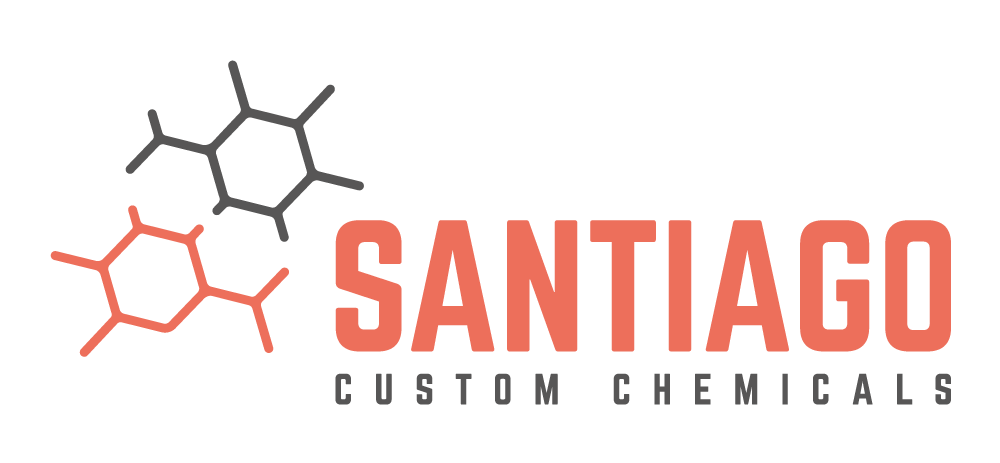- No products in the cart.
SnAP Reagents- Introduction
SnAP (Stannane Amine Protocol) reagents are a class of organotin building blocks for synthesis of saturated N-heterocycles that often find use in medicinal chemistry in one step from aldehydes or ketones. They were developed in the group of Jeffrey W. Bode on ETH Zürich and first reported in 2013 as a new approach to the synthesis of substituted thiomorpholines (https://doi.org/10.1002/anie.201208064).
Preparation
Preparation of these reagents varies in the last step depending on the target heterocycle, but the tributyl(iodomethyl)stannane intermediate is the same for all of them. That can be prepared from tributyltin hydride by deprotonation with LDA followed by addition of paraformaldehyde and subsequent transformation of the alcohol to iodide by NIS (N-iodosuccinimide) and triphenylphosphine. This precursor can be then used to alkylate corresponding amine derivatives to produce the final SnAP reagents. For illustration, preparation of SnAP TM (thiomorpholine precursor) is shown in Figure 1 (https://doi.org/10.1002/anie.201208064)

Reactivity of SnAP reagents
The synthetic procedure for the use of the SnAP reagents to prepare heterocycles is as follows: First, condensation of aldehydes or ketones with the free amino group of the SnAP reagent is carried out with a dehydrating agent such as molecular sieves and then the crude imine is treated with copper (II) triflate leading to transmetallation followed by intramolecular addition of the organocopper to the imine resulting in saturated heterocycle formation (Figure 2)

Application in synthesis
Being still quite new, SnAP reagents are used so far mainly in the stage of basic research development, new methodologies using catalytic amounts of copper or photocatalytic reaction of silicon analogues (SLAP Reagents) with aldehydes were reported (https://doi.org/10.1021/acs.orglett.6b00722) .
The methodology is nevertheless a very good alternative to palladium catalysed cross-coupling reactions for various applications, and many more reagents were developed and licensed to Merck. Some of the examples of commercially available reagents are shown in Figure 3.

We have a lot of experience at Santiago lab with various chemistry fields and specialized reagents. If you want to learn more about our services, discuss specific research or custom synthesis project, or receive a proposal, please contact Krystof Sigut at krystof.sigut@santiago-lab.com
or reach him on the phone +420 776 750 591.

